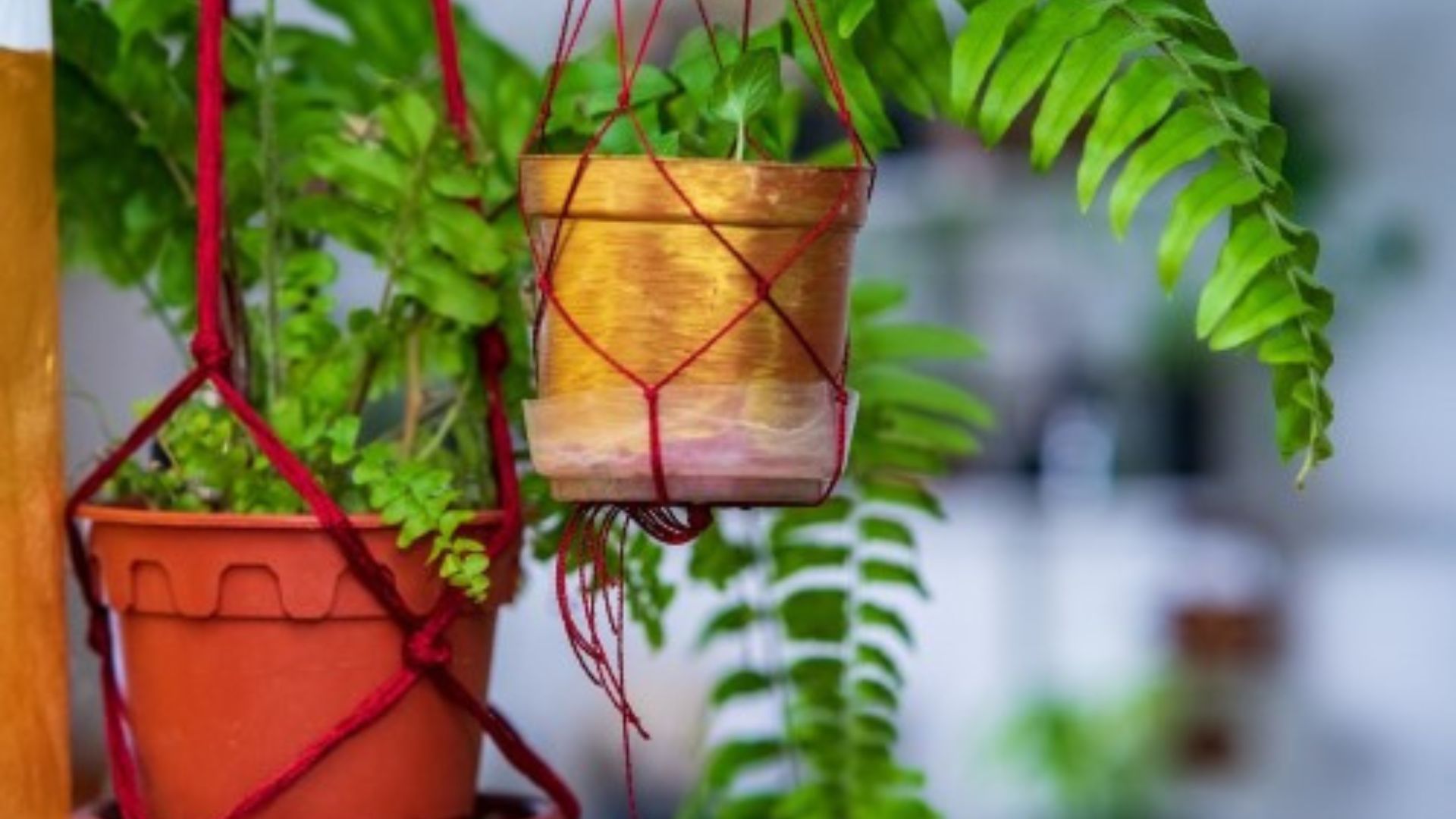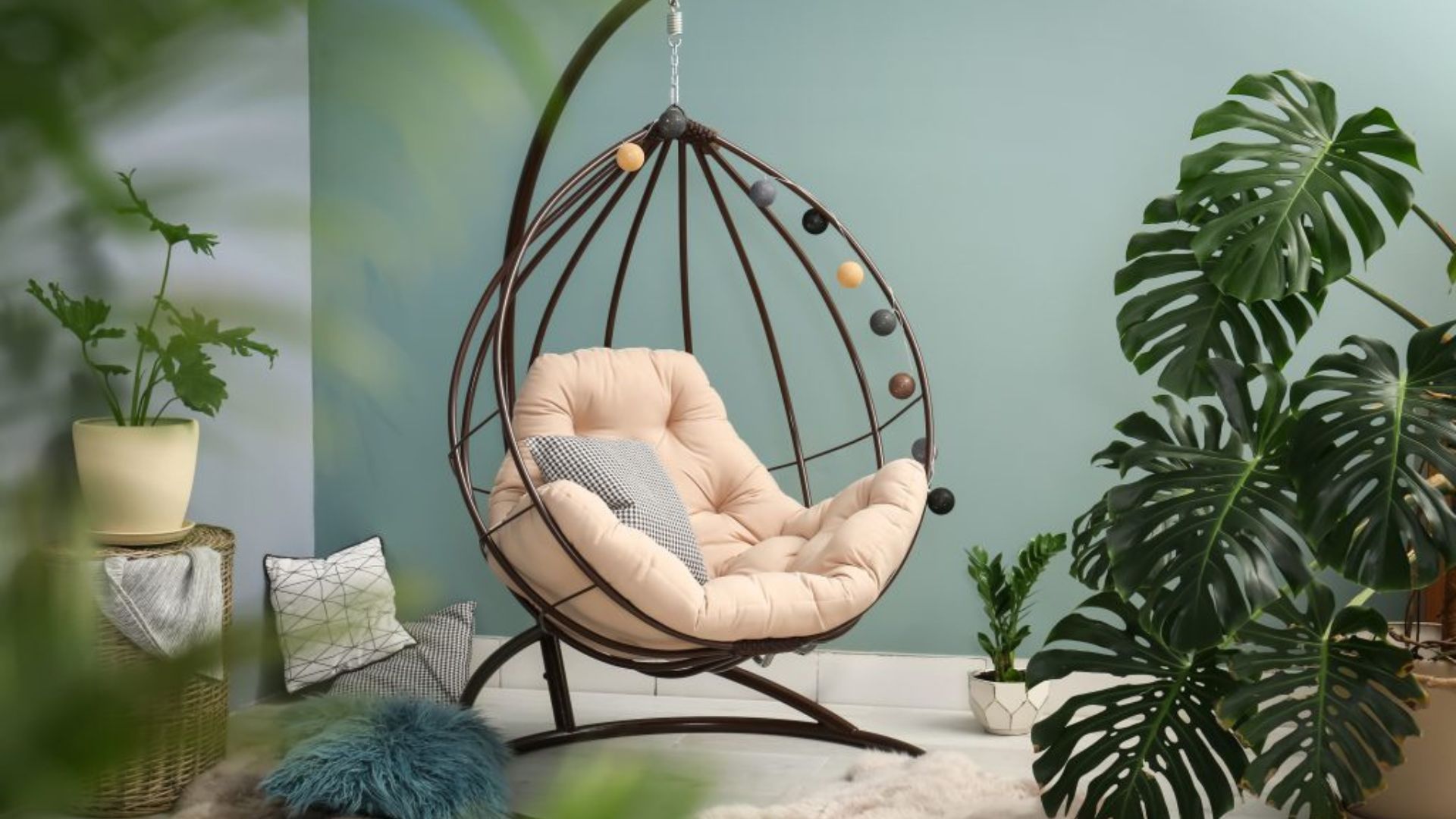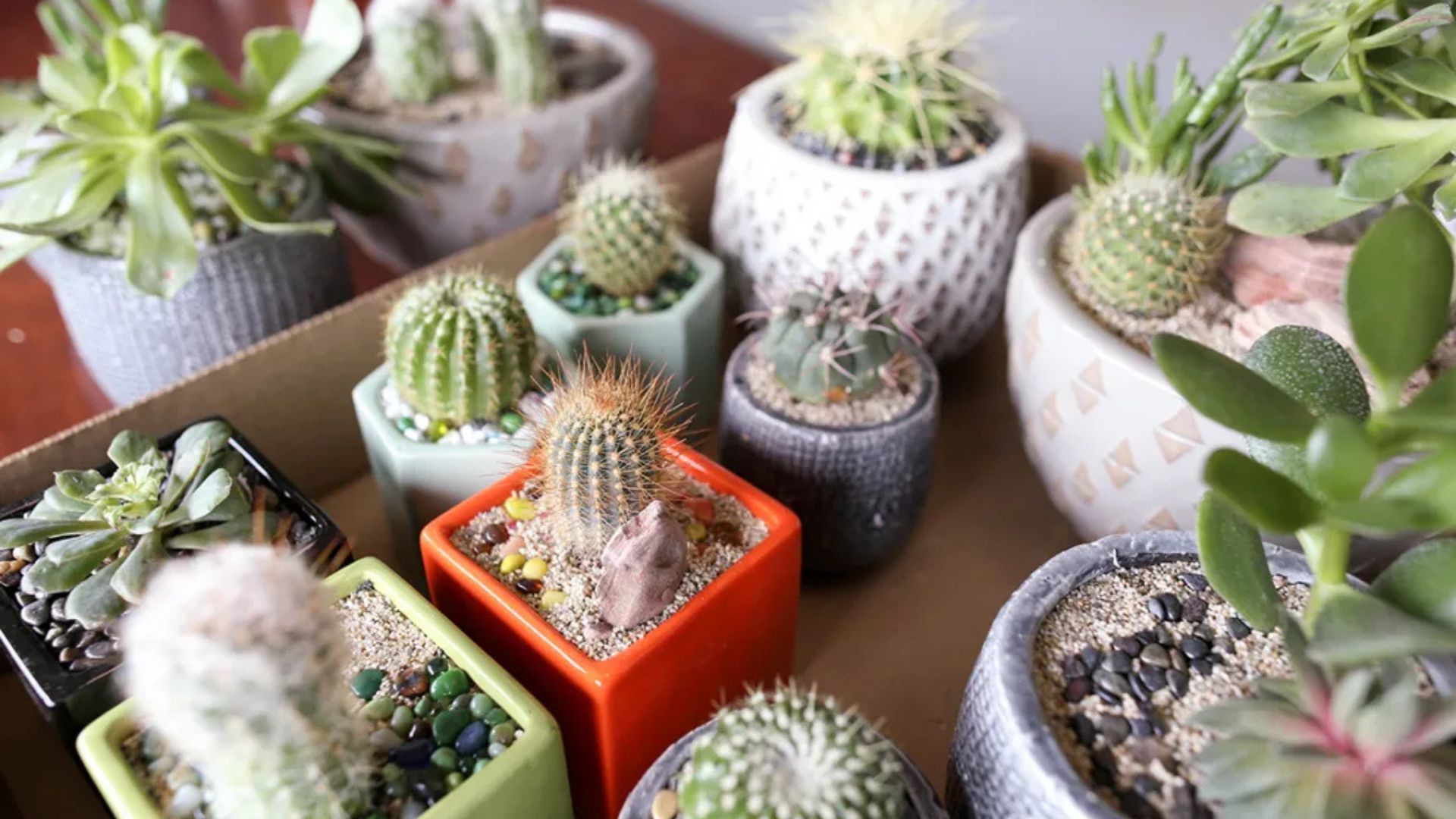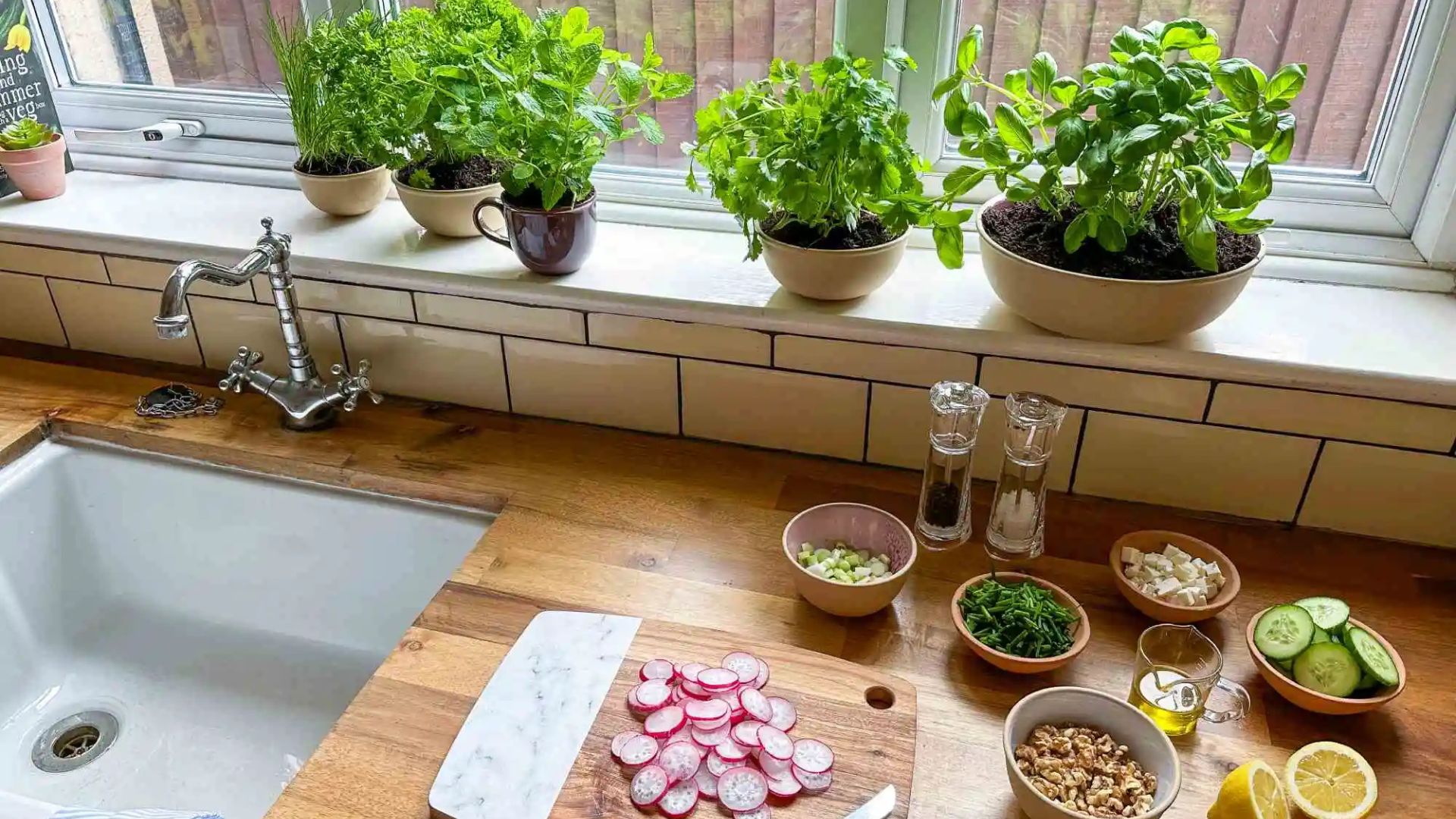Indoor plants do more than add beauty to your home—they also clean the air you breathe. Some plants naturally remove harmful toxins like formaldehyde, benzene, and carbon monoxide, making your indoor environment healthier and fresher.
If you’re looking to improve your air quality while decorating your space, these 10 air-purifying indoor plants are excellent choices. Even better, most of them are low-maintenance and beginner-friendly.
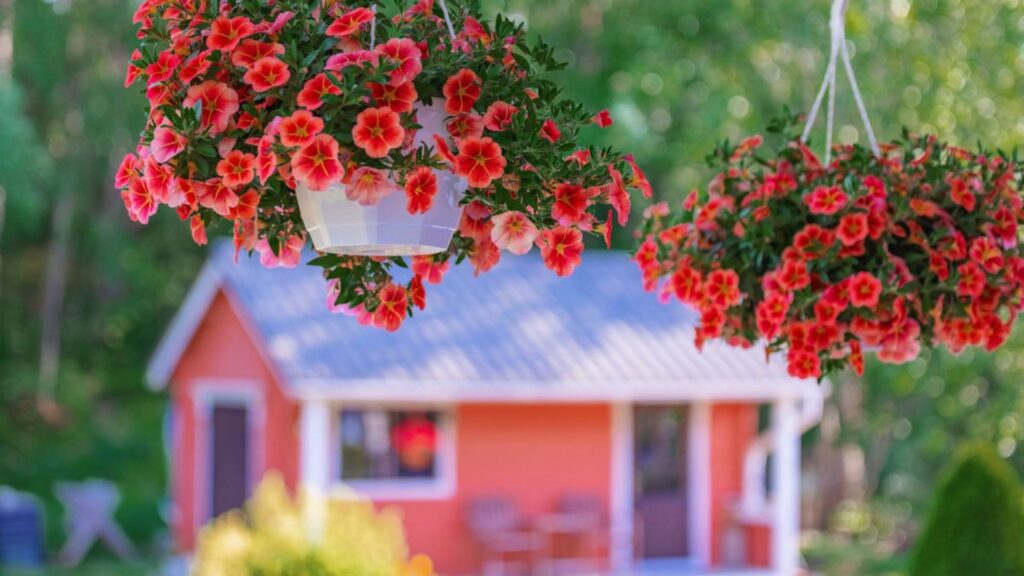
Snake Plant (Sansevieria)
Why it’s great: The snake plant is one of the toughest indoor plants. It absorbs toxins like formaldehyde and nitrogen oxide and also releases oxygen at night, making it ideal for bedrooms.
Care tips:
-
Tolerates low light
-
Water every 2–3 weeks
-
Avoid overwatering
Peace Lily (Spathiphyllum)
Why it’s great: Peace lilies are not only beautiful with their white blooms, but they also remove pollutants such as ammonia, benzene, and formaldehyde. They also help to increase indoor humidity.
Care tips:
-
Prefers indirect light
-
Water when soil is dry
-
Toxic to pets
Spider Plant (Chlorophytum comosum)
Why it’s great: The spider plant is one of the easiest houseplants to grow and is especially good at removing carbon monoxide and xylene.
Care tips:
-
Bright, indirect light
-
Water weekly
-
Great for hanging baskets
Areca Palm (Dypsis lutescens)
Why it’s great: This lush, tropical-looking plant not only filters toxins but also acts as a natural humidifier.
Care tips:
-
Needs bright, indirect light
-
Water when topsoil feels dry
-
Non-toxic to pets
Aloe Vera
Why it’s great: Aloe vera is known for its healing gel, but it’s also effective at clearing formaldehyde and benzene from the air. Plus, it’s perfect for sunny windowsills.
Care tips:
-
Needs direct or bright light
-
Water when the soil is fully dry
-
Allow good drainage
Gerbera Daisy (Gerbera jamesonii)
Why it’s great: This flowering plant not only adds color but is also excellent at removing trichloroethylene and benzene. It’s one of the few flowering plants with air-cleaning properties.
Care tips:
-
Needs bright, direct light
-
Keep soil moist but not soggy
-
Best for well-lit indoor areas
Rubber Plant (Ficus elastica)
Why it’s great: The rubber plant is a bold, attractive indoor tree that’s effective at removing formaldehyde and other toxins from indoor air.
Care tips:
-
Prefers medium to bright light
-
Allow soil to dry slightly between watering
-
Wipe leaves to keep them glossy
Boston Fern (Nephrolepis exaltata)
Why it’s great: Boston ferns are great natural humidifiers and are very effective at removing pollutants like xylene and formaldehyde.
Care tips:
-
Prefers humidity and indirect light
-
Keep soil consistently moist
-
Mist regularly in dry climates
ZZ Plant (Zamioculcas zamiifolia)
Why it’s great: The ZZ plant is almost indestructible and still helps purify the air. It removes airborne toxins like xylene, toluene, and benzene.
Care tips:
-
Tolerates low light and drought
-
Water the soil when it is dry
-
Keep away from pets (toxic if ingested)
ZZ Plant (Zamioculcas zamiifolia)
Tolerant of low light and infrequent watering, the ZZ plant is a low-maintenance favorite that removes toluene and xylene from indoor air.
-
Light: Low to bright, indirect
-
Water: Every 2–3 weeks
-
Caution: Toxic if ingested—keep away from pets and small children
English Ivy (Hedera helix)
English ivy is an elegant climber that can grow in pots or hanging baskets. It’s effective at reducing airborne mold and formaldehyde.
-
Light: Bright, indirect
-
Water: Keep soil moist but not soggy
-
Note: Great for allergy sufferers
Bamboo Palm (Chamaedorea seifrizii)
Also called the Reed Palm, this plant is both decorative and powerful at removing benzene and formaldehyde from the air. It’s also a natural humidifier.
-
Light: Bright, indirect light
-
Water: When topsoil is dry
-
Bonus: Pet-safe and tropical-looking
Tips for Maximizing Air Purification
To get the most air-cleaning benefits from your plants:
-
Use more than one plant per room
-
Keep leaves clean so plants can “breathe”
-
Rotate plants to ensure even light exposure
-
Pair plants with good ventilation for best results
Even though plants are helpful, they aren’t a complete replacement for good airflow—but they do make a big difference.
Conclusion
Adding air-purifying plants to your home is one of the simplest ways to improve air quality while enhancing your décor. Whether you choose a low-maintenance ZZ plant or a beautiful peace lily, these green friends work quietly to detox your indoor space.
Start with a few of your favorites, and soon, you’ll enjoy a fresher, greener, and healthier home.






